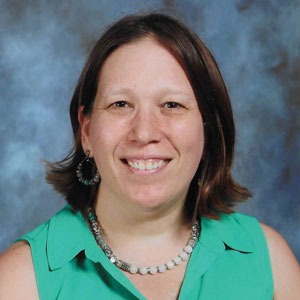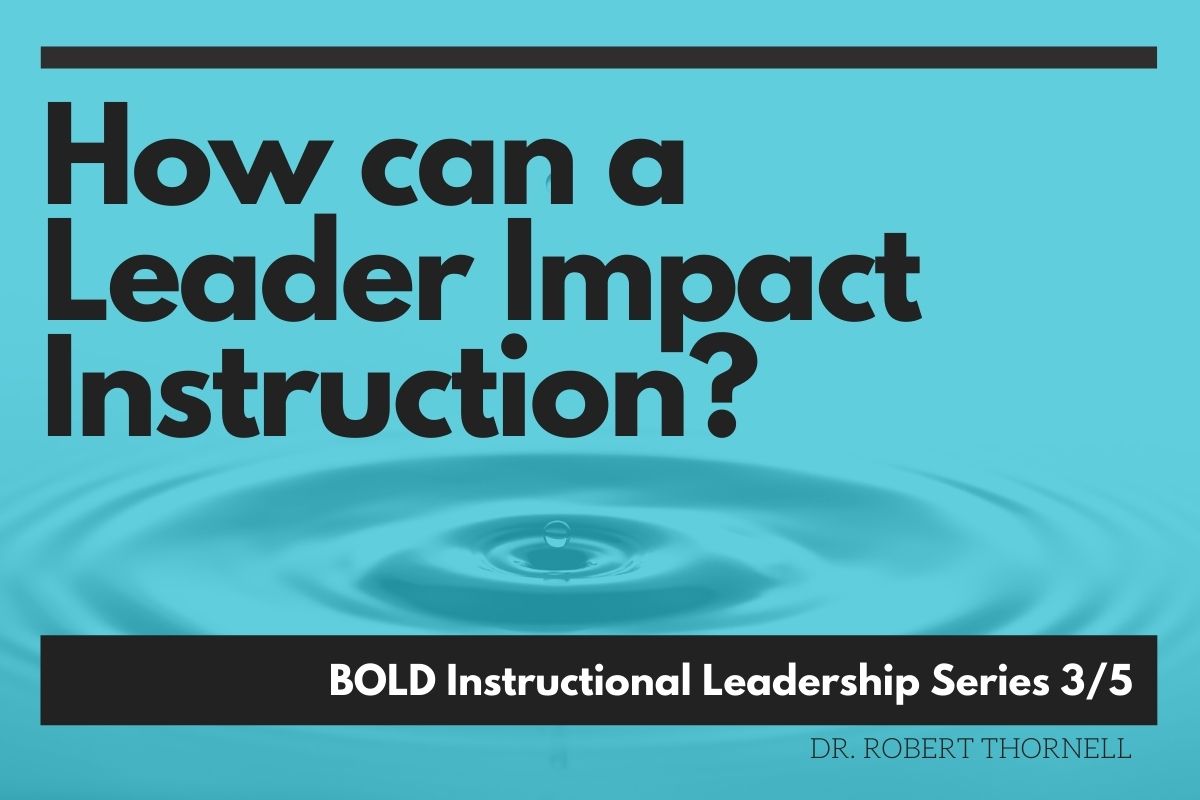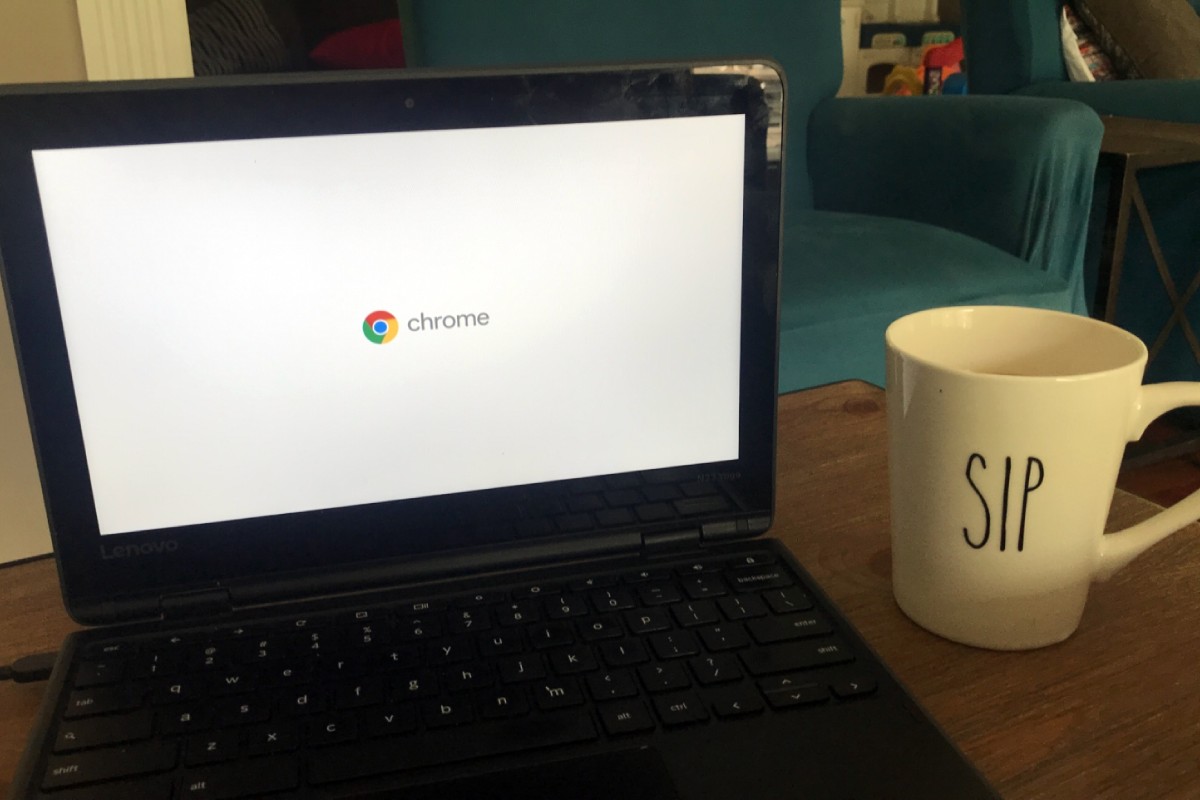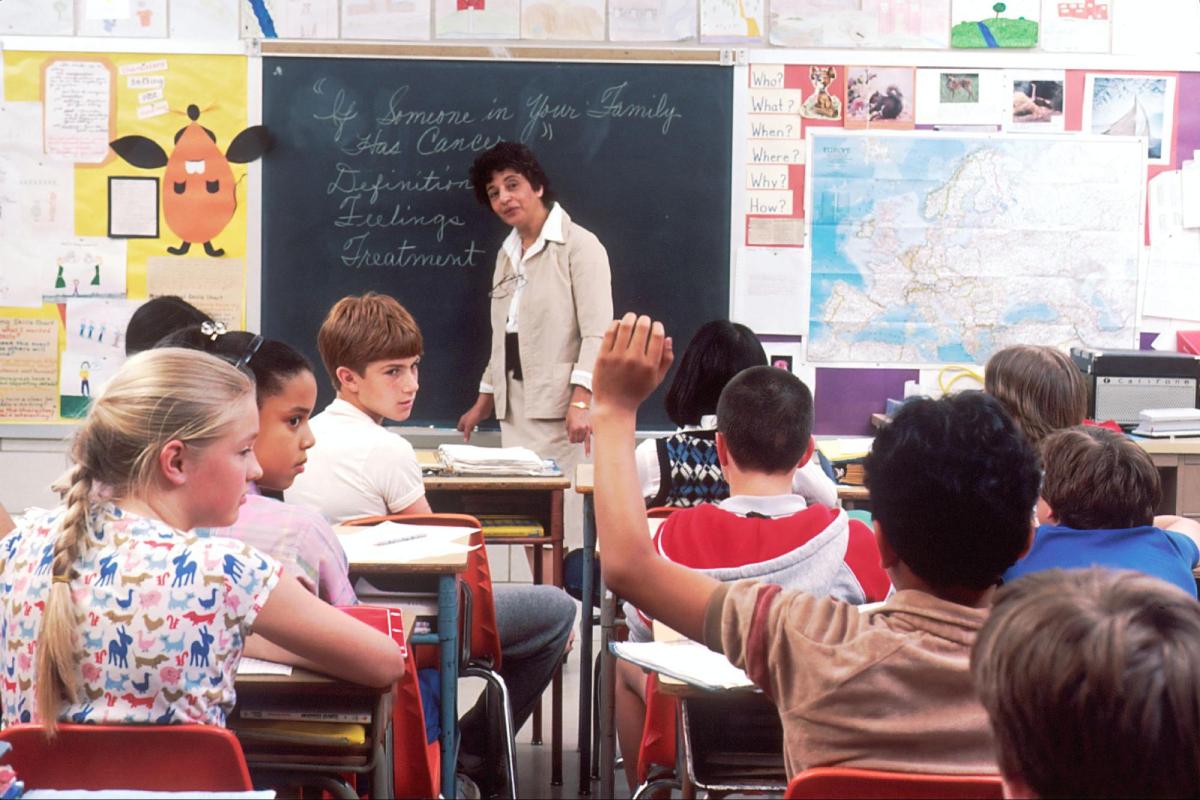More Questions Than Answers

Last Tuesday, I sat with my eyes glued to the screen for hours. I was intently paying attention to the events that were occurring on the screen. Every once in a while, I would clap and celebrate what was happening. But many of these moments were followed by me yelling at the screen. One of my kids would walk by and ask me a question. I would quickly answer them, not wanting to miss a single thing that transpired on the screen. It was a long afternoon to say the least and it is not the first time I have had this experience.
As you read this, it is important to note that I was not watching a sporting event like a football game or even a political debate. No, I was watching the School Board meeting which went on for about four hours yesterday. Like many school boards and school districts around the county and the world, our district is trying to determine its plan for the 2020-2021 school year. I feel for everyone making these decisions. There are no good answers, just possible solutions.
But as an educator who just finished her twenty-first year of teaching, I feel uncertain about the path that we are embarking on. Teachers have been told that we can “request” to teach virtually or in a face-to-face hybrid environment by July 10th. But with so many questions swirling around in my head, that decision is riddled with uncertainty.

12 Key Areas for Re-Entry
During a Saturday morning chat last weekend, Dr. Adam Drummond from the International Center for Leadership in Education from Houghton Mifflin shared this graphic. It details 12 Key Areas for Re-Entry and as I reflect on my concerns for the 2020-2021 school year, it highlights many of the areas that I need more clarification on before I can make an informed decision.
What I found extremely interesting as I viewed this graphic is that my concerns and questions span not only organizational leadership, but all three categories (Teaching & Learning, Instructional Leadership, Organizational Leadership). As we embark on this journey with both the COVID-19 and racial crises that plague us, there is so much to consider if we want to provide equity for all.
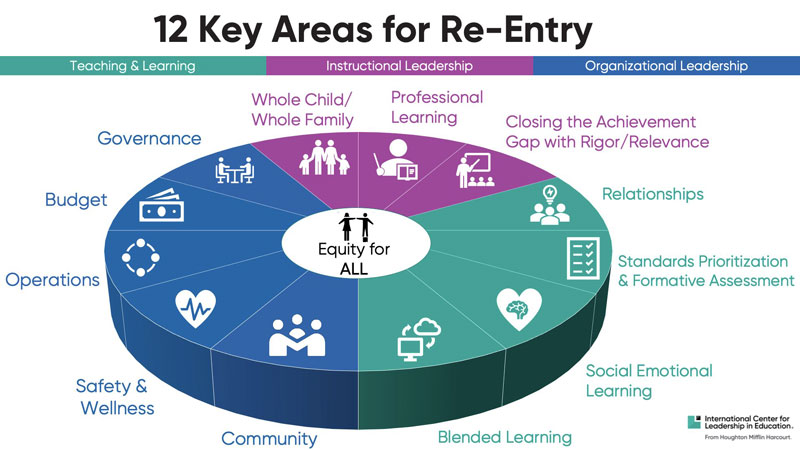
Organizational Leadership Concerns
Safety and Wellness
As I consider next steps, safety and wellness for my colleagues, my students and myself is forefront on my list of concerns when considering a hybrid model.
How will proposed forms to have students self report any symptoms each morning be collected? Before students enter buses? At school? Who will be in charge of going through these forms and what happens when students forget their form?
As an elementary educator at a school with close to 1000 students, these are real concerns that I have for everyday operations. As educators, we know that students are frequently sent to school “sick” or with medication masking symptoms. As a parent, it is a juggling act to determine whether your child is “too sick” to go to school and you need to stay home with them. I see close to 800 students a week as a school technology specialist. Many students come to school with a runny nose or a cough. How will we handle this?
Will students be required to wear masks? How will students in the elementary school manage that? If students aren’t wearing masks, then educators wearing masks becomes much more ineffective.
No one likes wearing masks. Most of them are not comfortable. They are hot. But they are necessary. Let’s be honest – keeping students in desks six feet apart facing forward all day in the same room is not an easy task. They are going to need to move around and masks protect all of us.
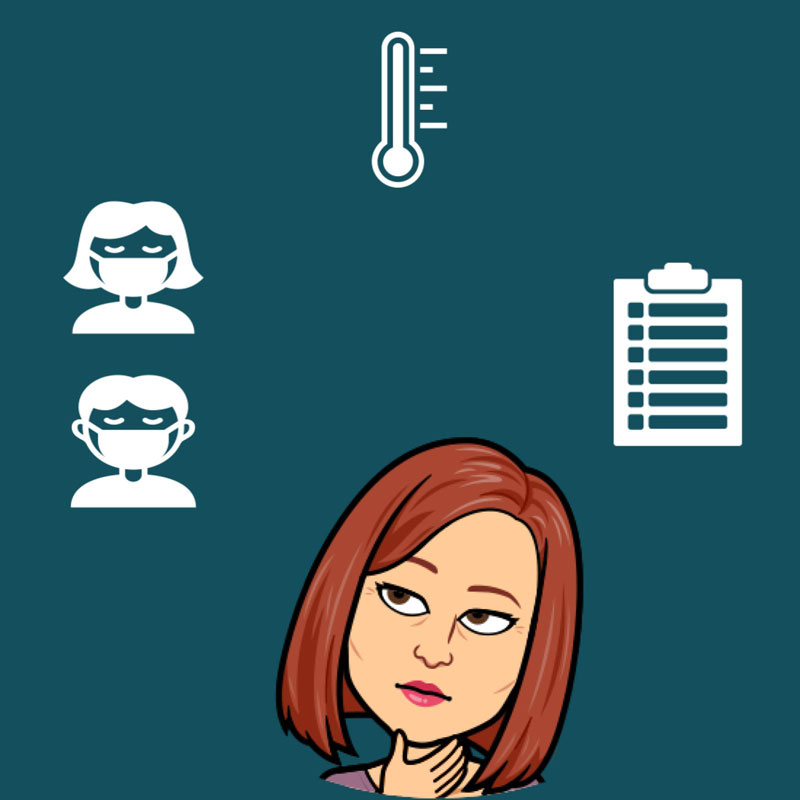
Operations and Budget
What about if teachers get “sick” or are exposed to COVID-19? What procedures are in place in that case?
Most districts have a substitute shortage; I know my district does. In addition, most of our current substitutes are retired teachers who may have underlying health issues due to their age. Getting a substitute was hard enough pre-COVID19, but it is going to be even harder now. Pre COVID-19, many teachers came in even if they weren’t feeling well because they couldn’t get a substitute. How will that be handled now?
In addition, what about sick leave? If a teacher is exposed to COVID-19, they would need to self quarantine for 14 days – that’s 2 weeks of instruction. Would they need to use 10 days of their own leave or would the district provide leave or create a sick leave bank for teachers to use? Who would “pay” for these substitutes?
Instructional Leadership Concerns
My next thoughts go to instructional leadership as my school’s technology coach. In the spring, I became a troubleshooter for my school as we navigated the implementation of distance learning. The road was bumpy and there was so much support that tech coaches like myself needed to provide to get distance learning started . First, our LMS could not handle the load of our large 189,000 student population. Then, we had security issues with people “zoombombing” sessions on our synchronous learning platform. Tech coaches like myself were constantly putting out fires and pivoting based on district leadership’s next piece of guidance.
After those initial struggles, the dust settled and I was then able to provide more proactive support to my colleagues. I held virtual office hours, conducted optional learning opportunities sharing ways that teaches could use tech tools like Pear Deck, Flipgrid, Wixie and EdPuzzle to engage their students from afar and share their students’ voices anywhere and anytime. I loved providing learning opportunities for my staff and watching them implement these technology tools into their instruction.

Professional Development
How will we provide professional development to staff for either the hybrid or virtual learning models? How will we differentiate those experiences? How will we find time for these experiences over time?
The amazing experiences I had with staff in the spring were all optional. Teachers gave up their time to join me and learn. Some did this often, while others were overwhelmed and decided to “look at these resources” over the summer.
In order to truly “build capacity,” we need to not only have time to learn, but also need to ensure that our professional learning meets our teachers where they are at. Whole group trainings are not best practice; differentiation requires time and follow up. It is not enough to just “train” staff, but how can we incorporate learning into our “new normal?” Plus, what happens to all those free tools we learned and used in the spring during COVID access? Will we have the funds to purchase them in the coming year? Wow, this circles us back to budget again.
Closing the Achievement Gap and Whole Child/Whole Family
Students in my district were not graded in the fourth quarter. While some students engaged in emergency remote learning, many did not. In the current scenarios provided in my district for 2020-2021, students can choose an all virtual environment or a blended environment.
How will we ensure equity between these two environments for students?
Students in all virtual environments will receive about 2.5-3 hours of synchronous instruction a day that equals about 10-12 hours per week. What if the technology glitches or we cannot meet student needs? Our blended students would also have about 10-12 hours a week which include two face-to-face days. But how would learning look in an age of social distancing? Would they truly be interacting?
How can we ensure equity between these two environments for staff?
Teachers who teach in the hybrid environment will have their students in their rooms all day. How will teachers be provided with planning time or a lunch time during the face-to-face days? Will they be with students all day? Will all virtual teachers only be required to be online during synchronous hours?

Teaching and Learning Concerns
As educators, we know that small group instruction helps us to best differentiate instruction. It not only allows us to be more responsive to our students but also helps us build relationships.
How can teachers provide small group instruction in a social distance model? If all students are sitting six feet apart facing the same direction, how is this possible?
So many of the ways that teachers impact students come from relationships. How can face-to-face instruction work with social distancing in place? When was the last time you taught from the front of the room with all of your students facing front? What about morning meetings? How will we build relationships in this model? If we will be “wearing masks” during much of this time, does setting up desks six feet apart help? Will our students get to work in groups or with a partner? There are so many things to consider.
So many things to consider and by Friday, my district will have made its decision. This leaves me to make my decision by July 10. I am sure that yesterday is not the end of my animated viewings of School Board meetings. I understand what a tough position the School Board and school leadership is in. I know that we will need to pick the best of many “nonperfect” options. I am hoping that in the next few weeks, some of my questions will be answered. I want to be back at school with my colleagues and students more than anything, but that desire is hampered by all of this uncertainty.
This article is available and can be accessed in Spanish here.
Drummond, A. (2020) 12 Key Areas for Re-Entry Retrieved from https://twitter.com/adamddrummond/status/1274324850606329861?s=20.

